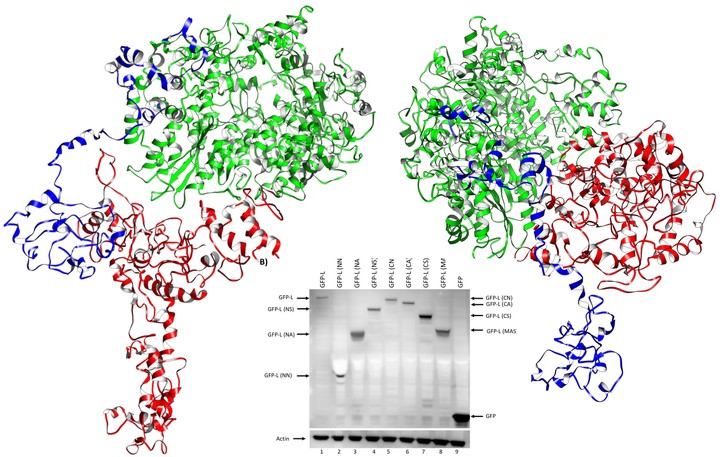Modeling the Tertiary Structure of the Rift Valley Fever Virus L Protein

Abstract
A tertiary structure governs, to a great extent, the biological activity of a protein in the living cell and is consequently a central focus of numerous studies aiming to shed light on cellular processes central to human health. Here, we aim to elucidate the structure of the Rift Valley fever virus (RVFV) L protein using a combination of in silico techniques. Due to its large size and multiple domains, elucidation of the tertiary structure of the L protein has so far challenged both dry and wet laboratories. In this work, we leverage complementary perspectives and tools from the computational-molecular-biology and bioinformatics domains for constructing, refining, and evaluating several atomistic structural models of the L protein that are physically realistic. All computed models have very flexible termini of about 200 amino acids each, and a high proportion of helical regions. Properties such as potential energy, radius of gyration, hydrodynamics radius, flexibility coefficient, and solvent-accessible surface are reported. Structural characterization of the L protein enables our laboratories to better understand viral replication and transcription via further studies of L protein-mediated protein–protein interactions. While results presented a focus on the RVFV L protein, the following workflow is a more general modeling protocol for discovering the tertiary structure of multidomain proteins consisting of thousands of amino acids.